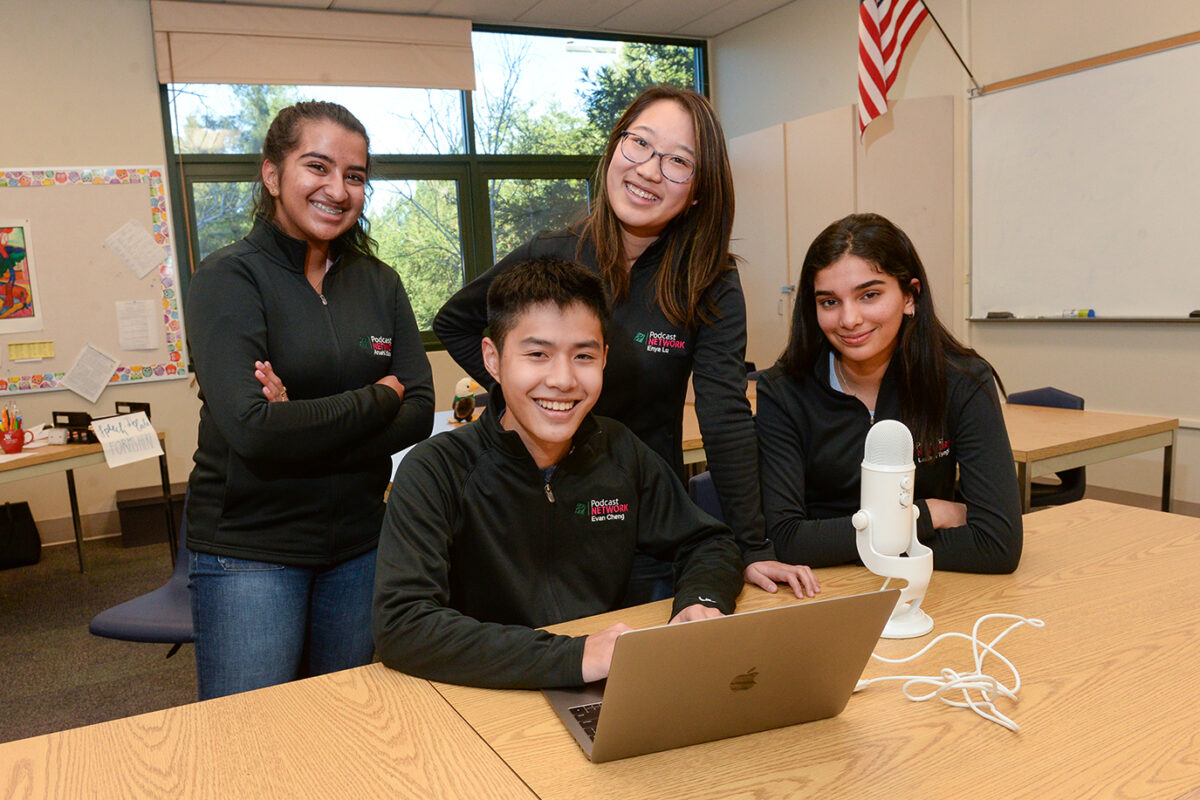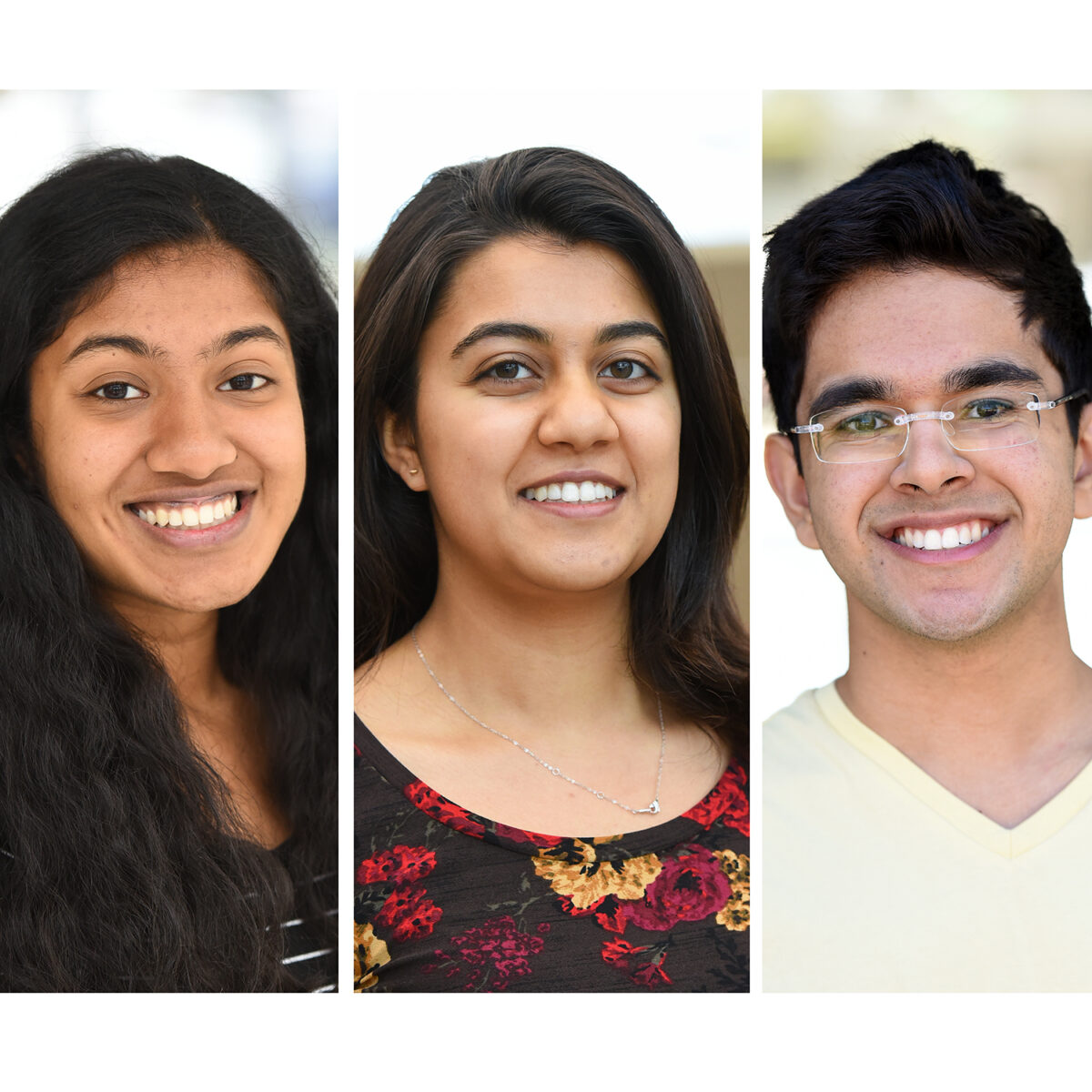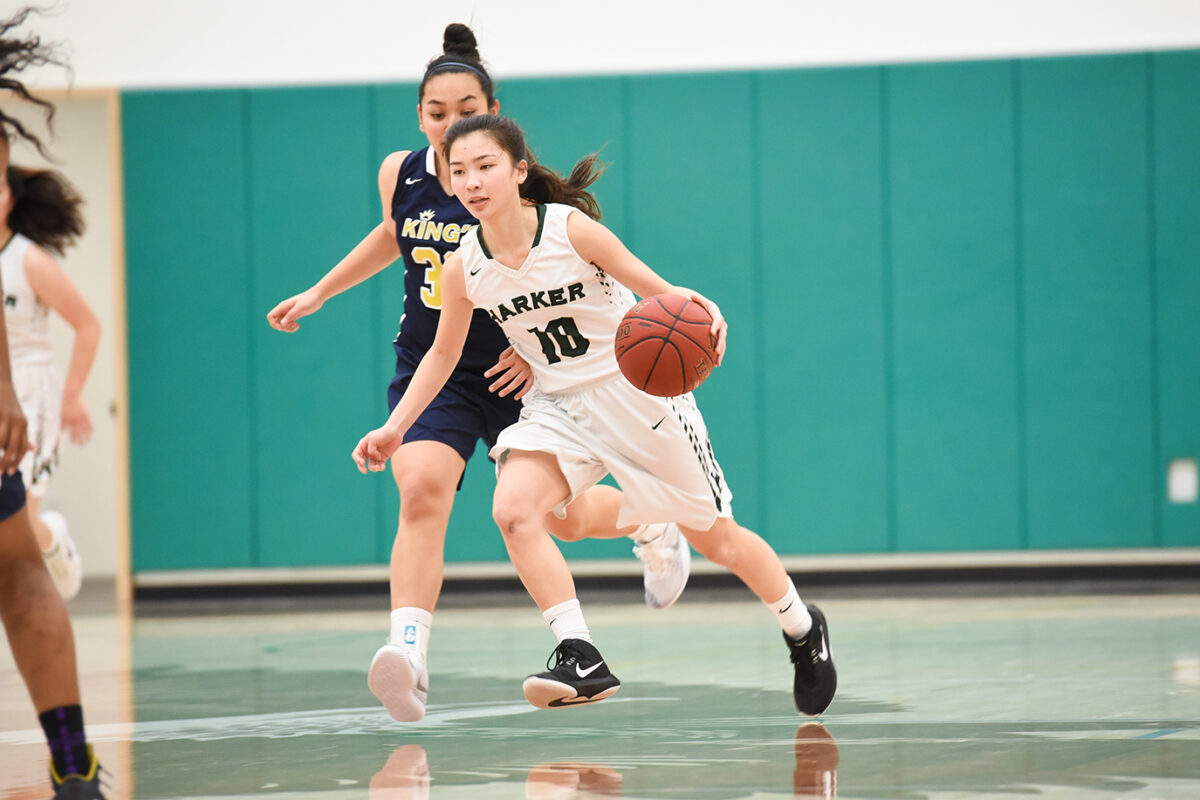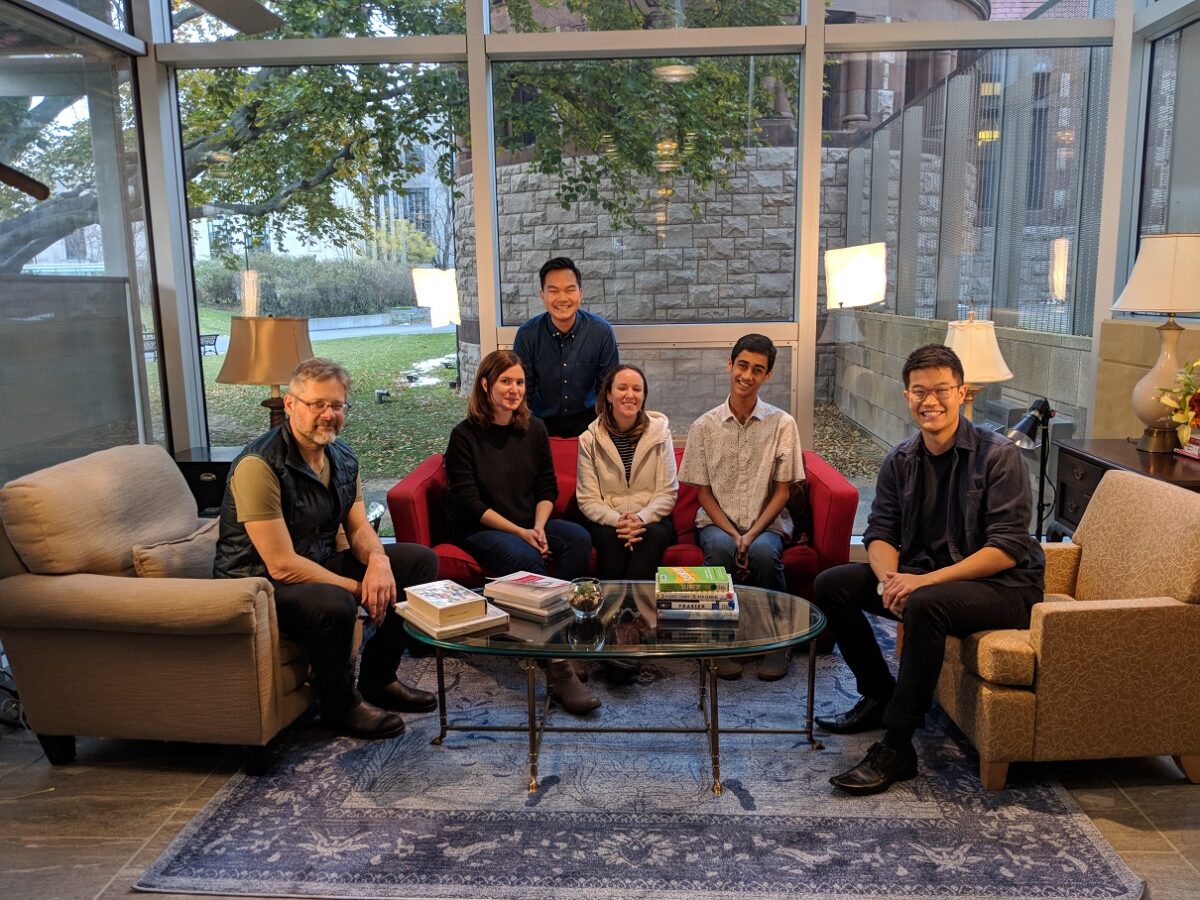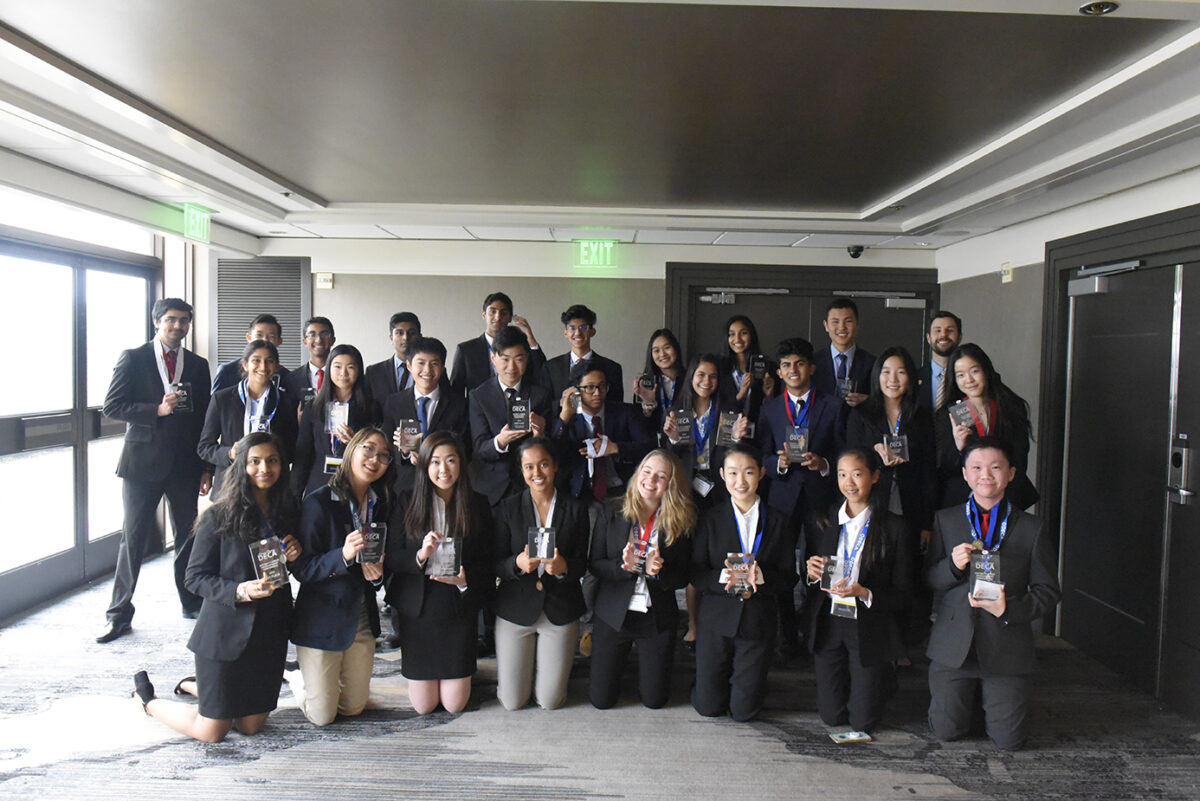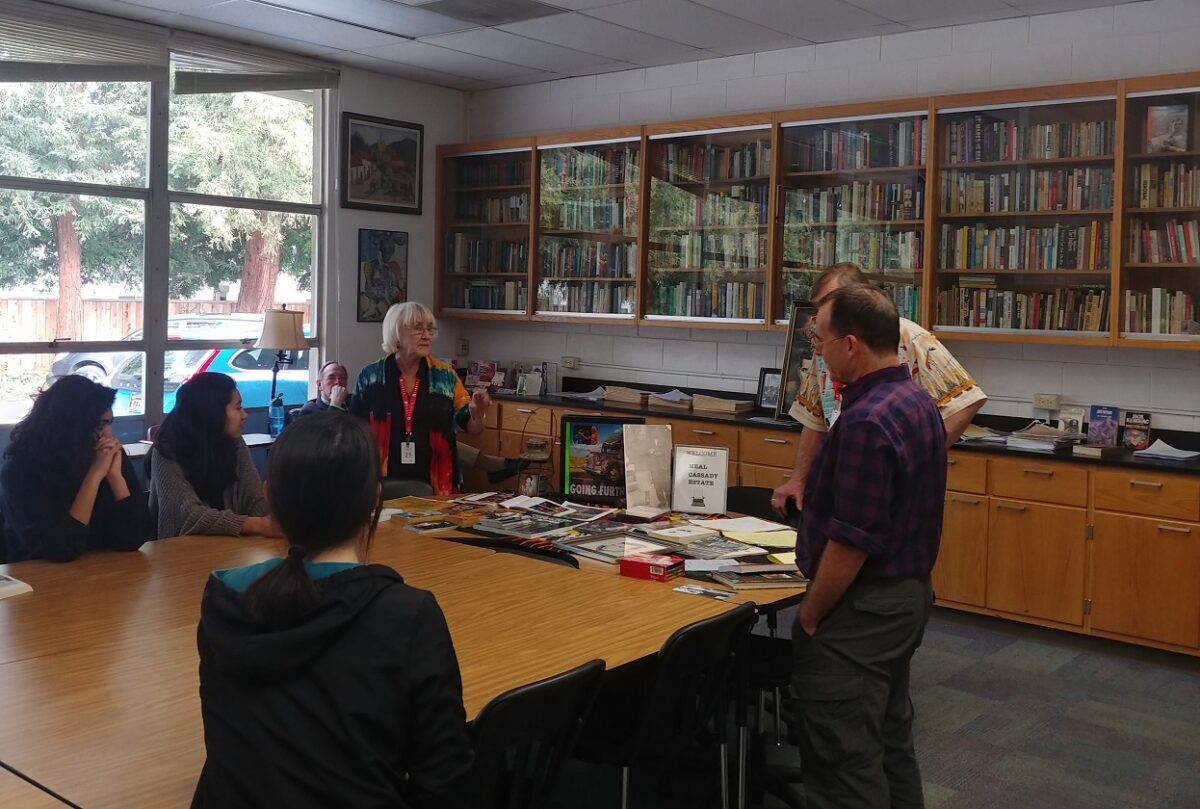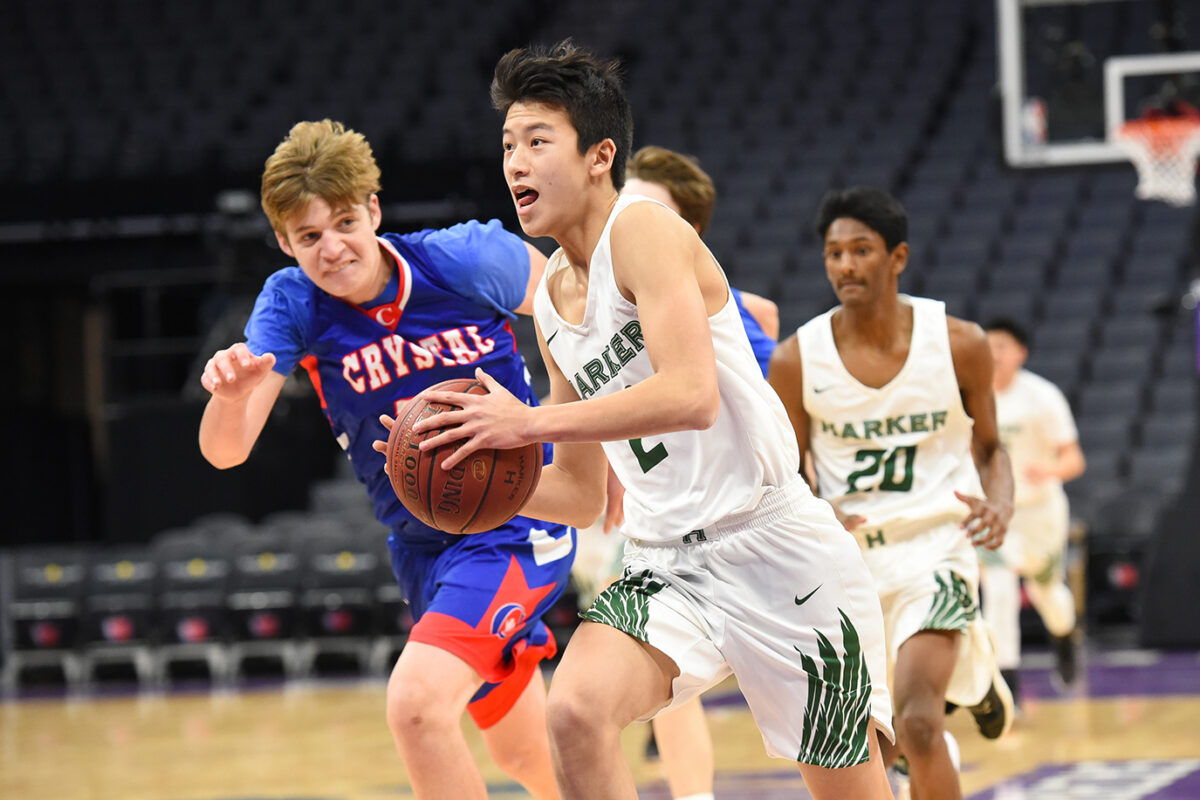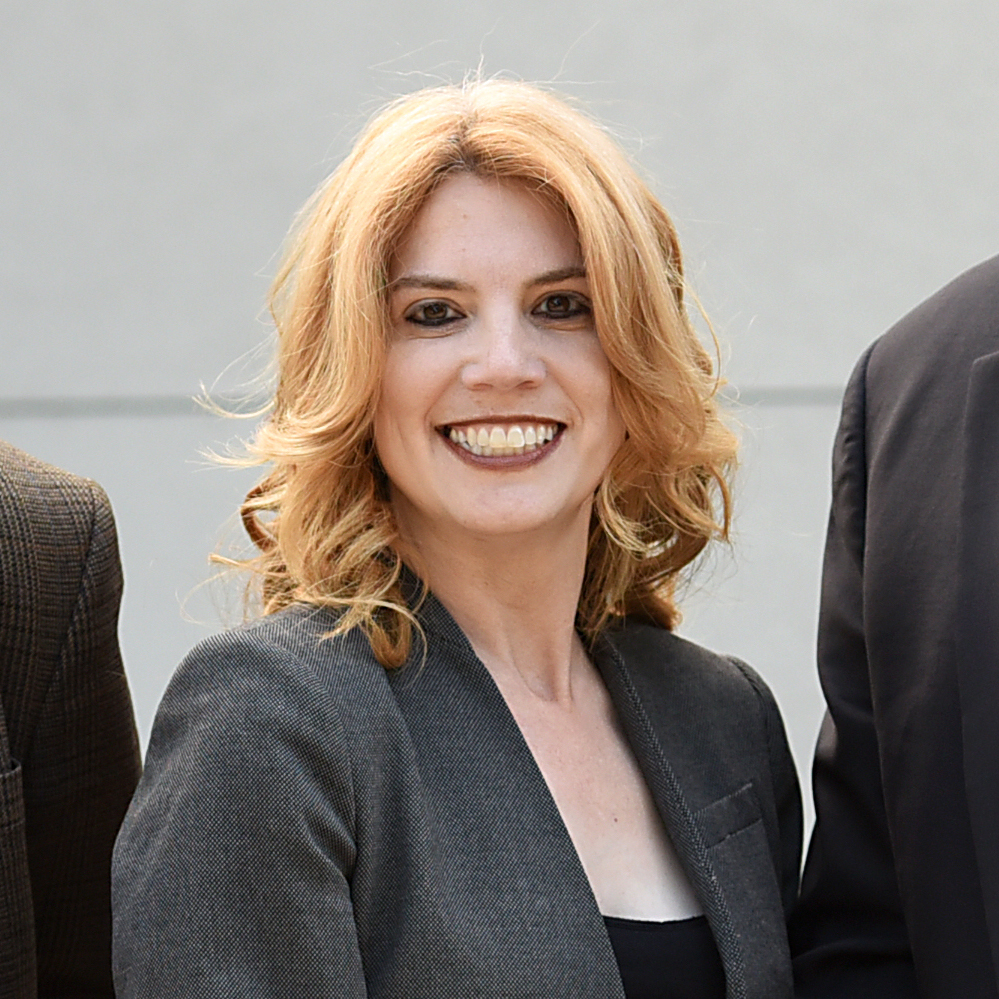A group of students had a unique opportunity to see inside a stealth startup and view the game creation industry from the inside, in mid-January.
Upper School
Podcasts inform students about courses to allow for better choices
The Harker Podcast Network has produced a new series to help Harker students make informed decisions about the courses they take, and more than 150 students already have checked it out.
[UPDATED] Three seniors named Regeneron Science Talent Search finalists
Seven Harker seniors – the most of any school in California – were named Top 300 Scholars in this year’s Regeneron Science Talent Search.
The winter season heats up heading into the last few weeks of the regular season
Student’s work at Harvard examines the convergence of tech and the arts
Next month, senior Nikhil Dharmaraj will visit Cambridge, Mass., to speak on a panel about the intersection of artificial intelligence and the humanities with Harvard University faculty members Jessica Fjeld and David Weinberger of Harvard’s Berkman Klein Center for Internet & Society.
Harker DECA performs admirably at the Silicon Valley Career Development Conference
From Friday, Jan. 4 to Sunday, Jan. 6, nearly 100 students from The Harker School DECA Chapter traveled to the Burlingame Waterfront Marriott to compete in the 2019 Silicon Valley Career Development Conference.
Guest offers literature students insight into Beat Generation authors
Students in Charles Shuttleworth’s class on Jack Kerouac and the Beat Generation received a special visit from Jami Cassady Ratto, daughter of influential beat writer Neal Cassady.
Victories all around for winter sports, including big win for boys basketball at Golden 1 Center
Jennifer Gargano named for dedication as educator
Stanford University has recognized Jennifer Gargano, assistant head of school for academic affairs, as a dedicated educator and mentor.

